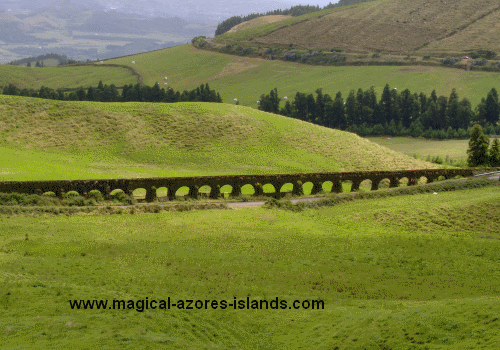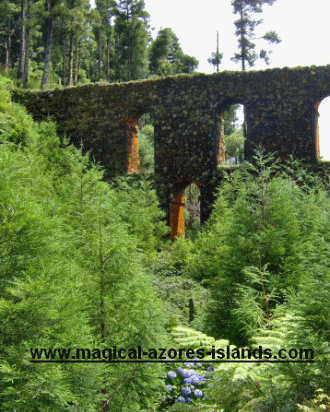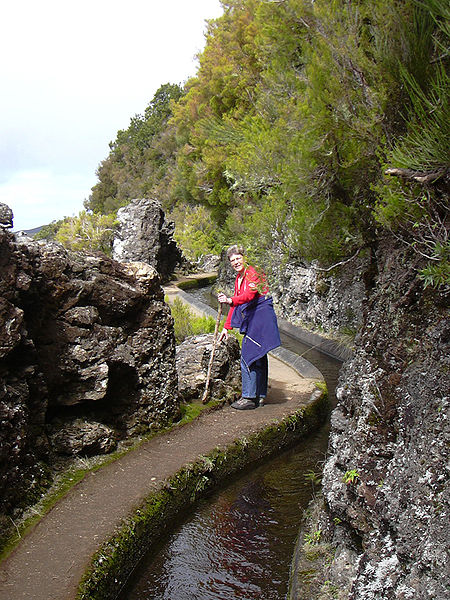Posted on 07/10/2011 6:57:49 PM PDT by SunkenCiv
|
· join list or digest · view topics · view or post blog · bookmark · post a topic · subscribe · |
|||
Antiquity Journal & archive Archaeologica Archaeology Archaeology Channel BAR Bronze Age Forum Discovery Dogpile Eurekalert LiveScience Mirabilis.ca Nat Geographic PhysOrg Science Daily Science News Texas AM Yahoo Excerpt, or Link only? |
|
||
|
· Science topic · science keyword · Books/Literature topic · pages keyword · |
|||
http://www.zocotravel.com/images/maps/portugal_azores_madeira.jpg
http://www.taniwani.de/Journe54.jpg
http://home-1.tiscali.nl/~edwinsel/land/maps/eilanden,atlantische_oceaan,map%20(encarta_nl).gif
http://www.colonialvoyage.com/eng/wic/images/wicmap.jpg
http://kesaniemi.kapsi.fi/fs2004/pics/000-route—map.GIF
http://www.mapsofworld.com/world-ocean-map-large.htm
“dedicated to the goddess Tanit.”
Dyslexics beware.
Beach goddess?
Although with children as the main feature.
It's conceivable that there have been other islands either east or west of the Azores. Or anywhere, for that matter.
Timelines: A Phoenician Fable
The island of Corvo in the Azores is one of the most remote places on earth. To reach it, one flies first to Santa Maria or Terceira, and then, on a very small plane, to Flores to wait for the weekly mail run by a 20-foot motor launch that is the island’s link to the world. Corvo is the tip of a volcano in the mid-Atlantic ridge and, except for a small area at the south end where a village and port are located, it rises up in sheer cliffs from the sea. Yet this ten-square-mile speck of land is the focus of a most remarkable story of ancient seafaring, a tale involving a statue and a hoard of Carthaginian coins. If true, the discovery of Corvo by Carthaginians would surely change our thinking about ancient navigation, for the easiest way to reach Corvo is to sail first to America on the Canary and North Equatorial Currents and then ride the Gulf Stream back to the Azores...
http://nautarch.tamu.edu/shiplab/acores-geral01-fenicios.htm
Ilha da Terceira Bump!
;’)
Oooh, thanks FN!
Very interesting, thanks.


I am not surprised that the Carthaginians were there. If the Ancient Phoenicians could sail the 2,300 miles across The Mediterranean Sea, then its colony of Carthage could certainly sail the 900 miles off the coast of Portugal to reach the Azores.
It is very beautiful there but it only has two seasons, Sunny and Deluge.
Oh I forgot to say, my wife and I went into this cave. It is much more vast than the picture indicates.

Levadas
The island of Madeira is wet in the northwest but dry in the southeast. In the 16th century the Portuguese started building levadas or aqueducts to carry water to the agricultural regions on the south. The most recent were built in the 1940s. Madeira is very mountainous, and building the levadas was difficult and often sentenced criminals or slaves were used. Many are cut into the sides of mountains, and it was also necessary to dig 25 miles (40 km) of tunnels, some of which are still accessible.
Today the levadas not only supply water to the southern parts of the island but provide hydro-electric power. There are over 1,350 miles (2,170 km) of levadas and they provide a remarkable network of walking paths. Some provide easy and relaxing walks through beautiful countryside, but others are narrow, crumbling ledges where a slip could result in serious injury or death.
Two of the most popular levadas to hike are the Levada do Caldeirão Verde and the Levada do Caldeirão do Inferno which should not be attempted by hikers prone to vertigo or without torches and helmets. The Levada do Caniçal is a much easier walk, running 7.1 miles (11.4 km) from Maroços to the Caniçal Tunnel. It is known as the mimosa levada because mimosa trees are found all along the route.
-------But a 'Levada' such as described here, built by the Portugese, is harddly an AQUEDUCT...IS IT?
The Azores is almost on a straight line between Lisbon,Portugal and New York City. That puts Madeira Island much further to the South.
LOL, I went by there a long time ago.
Disclaimer: Opinions posted on Free Republic are those of the individual posters and do not necessarily represent the opinion of Free Republic or its management. All materials posted herein are protected by copyright law and the exemption for fair use of copyrighted works.